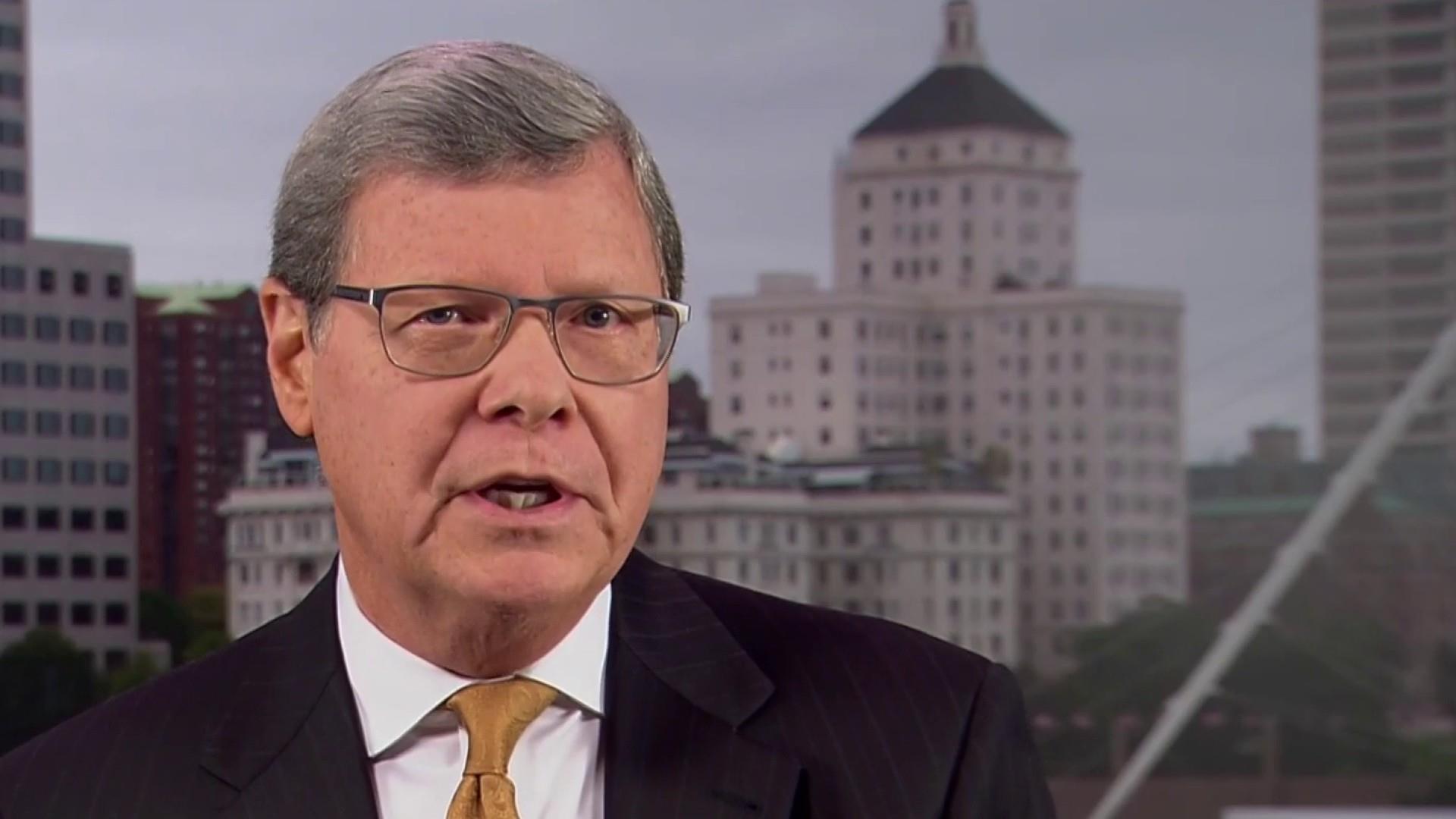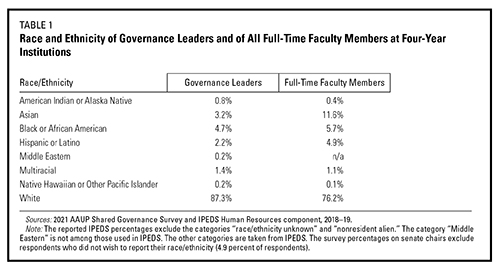
Dear Commons Community,
Pamela Paul, editor for the Times Book Review and author of 100 Things We’ve Lost to the Internet, has a guest essay in this morning’s New York Times, making the case for file cabinets that at one time were part of our innermost lives. She comments:
“Most of us paper-based people accumulated our fair share of these cabinets, which held, as such things do, a carefully organized history of one’s past: artwork, by grade; camp letters, by year; cards, birthday; cards, Valentine’s Day; cards, other; insurance forms; house deeds; medical records. Birth certificates, tax receipts, diplomas, fading photocopies of Social Security cards. Who knew when one scrap or another might prove useful?
…And how all of this must sound so archaic and pointless to the Gen Z employee heading off to work in the cloud.”
I must say that I had forgotten the file cabinets that use to ring my office. However, I still keep one small file in a desk drawer in my home office for my income tax documentation. Sorry!
Below is Ms. Paul’s entire essay. File it under “P”!
Tony
——————————————————————————————————————
The New York Times
The Case for File Cabinets
Oct. 16, 2021
By Pamela Paul
Ms. Paul is the editor of the Book Review and the author, most recently, of “100 Things We’ve Lost to the Internet.”
Remember filing cabinets? Those lumbering, clattering towers of drawers stuffed full of Pendaflex folders? They were once vital to every workplace, as much a part of the landscape as desks and chairs. There was always a warren of them in a back room somewhere, and no matter what your eventual profession, if you ever served time as an intern, an executive assistant, a clerk or a catalog manager, you filed. You filed and filed until your thumbs wore down. You’d painstakingly recenter those metal rods, always prone to slipping free; you’d occasionally handwrite a label onto the perforated fragment of paper nested inside each plastic tab, folding it just so and inserting it, only to see it worm out the other end. And only after you’d climbed a few rungs on the corporate ladder could you let all this filing go to someone else, another rung down.
But filing wasn’t just for the office; files were part of our innermost personal lives. (Let’s not forget that the portal into John Malkovich’s mind lurked behind — why, yes — a file cabinet.) For a young adult, acquiring your first metal contraption, or one of those brown accordion files with the little figure-eight string closure, was part of becoming a grown-up. It was no longer Mom’s job to keep track of your life’s paperwork. It was on you.
Most of us paper-based people accumulated our fair share of these cabinets, which held, as such things do, a carefully organized history of one’s past: artwork, by grade; camp letters, by year; cards, birthday; cards, Valentine’s Day; cards, other; insurance forms; house deeds; medical records. Birth certificates, tax receipts, diplomas, fading photocopies of Social Security cards. Who knew when one scrap or another might prove useful?
This all must sound so archaic and pointless to the Gen Z employee heading off to work in the cloud. What was this paperwork of which you speak?, they ask. This “pushing papers” people once supposedly engaged in — didn’t things get lost, forgotten, overlooked?
Answer: Yes, sometimes. Sometimes one had to locate something in an unfamiliar file hidden according to some unknown person’s inscrutable clerical system. Sometimes one had to clean out an entire tower and load its contents into cardboard boxes built especially for deep storage, and no matter how hard one tried to keep these relocated files in upright order, they would cascade forward in domino fashion and need to be rebuilt.
Today, digitally functional people don’t have to deal with any of this. They have scans of all they need lodged in virtual spaces. They can print out documents as necessary, but this, effectively, means never, because scanned items can simply be transferred from one place to another through secure and password-protected pathways, then kept on assorted drives (flash, hard, shared).
Surely this is more organized. Surely it is more efficient and secure. Surely it is cleaner and more environmentally friendly (especially if we ignore the power required to keep the servers running). On these unearthly planes, it’s harder for people to accidentally stumble across something they weren’t meant to see (darn); no forgotten documents peek out mischievously from a manila folder begging to be read (ooh). No longer does the simple act of rifling turn up something damning or private; it now requires special I.T. skills to sneak such files open.
Yet not being able to find these things — whether we were meant to or not — also means we’ve lost something too.
A good filing system could be strangely inspiring. For three months, I worked at Time Inc. with a woman named Charlotte whose ability to color coordinate paperwork left me quaking with inferiority, yet fueled with a certain ambition to go about my own business in a more logical and accessible way. As onerous as it might be, the very process of filing things physically helped to organize your work life and your life life. In the same way people acquire and retain information better when handwriting rather than keyboarding, manually going through papers and positioning them in a physical space reinforces the information.
For those with a tactile or visual orientation, placing documents in a particular place imprints them in your brain: the folded corner, the weight and smell of the paper. “I remember putting that memo with the chart here in the back,” you’d think to yourself, making your way to the rear of filing cabinet K-M.
During this early paperbound era, I acquired four hideous beige towers of four drawers each. Three of them now stand empty, reminders of a moment of weakness when, in an effort to “keep up with the times,” I let myself be persuaded that papers were no longer necessary — that everything could be either uploaded or downloaded. Feeling modern and free, I spent an afternoon throwing out years of accumulated magazine and newspaper clips. I got rid of printed-out transcripts from old book research. I let go of dozens of poorly written college essays. I released a fourth-grade report on the caribou into the wild.
In the wake of my Great File Purge, those cabinets loom reproachfully in my garage. It’s been years since I’ve even attempted to rattle free one of their jam-prone metal closures — hard to close, even harder to open. I am no longer certain what’s in them, but I can’t quite be fully persuaded they’re no longer necessary.
On the rare occasions I made it into those cabinets, a term paper for an anthropology class I’d forgotten about or a clipping from my hometown paper about the hurricane that knocked down our front tree might catch my eye and I’d be transported — a whoosh of nostalgia or the relief of thank-goodness-I-am-no-longer-you when I happened upon some youthful ephemera. But you don’t just happen upon such things among the uniform folder-shaped icons in the cloud or unfold their contents gingerly to discover something unexpected scribbled on the back. We have shut the door permanently on all of that.









